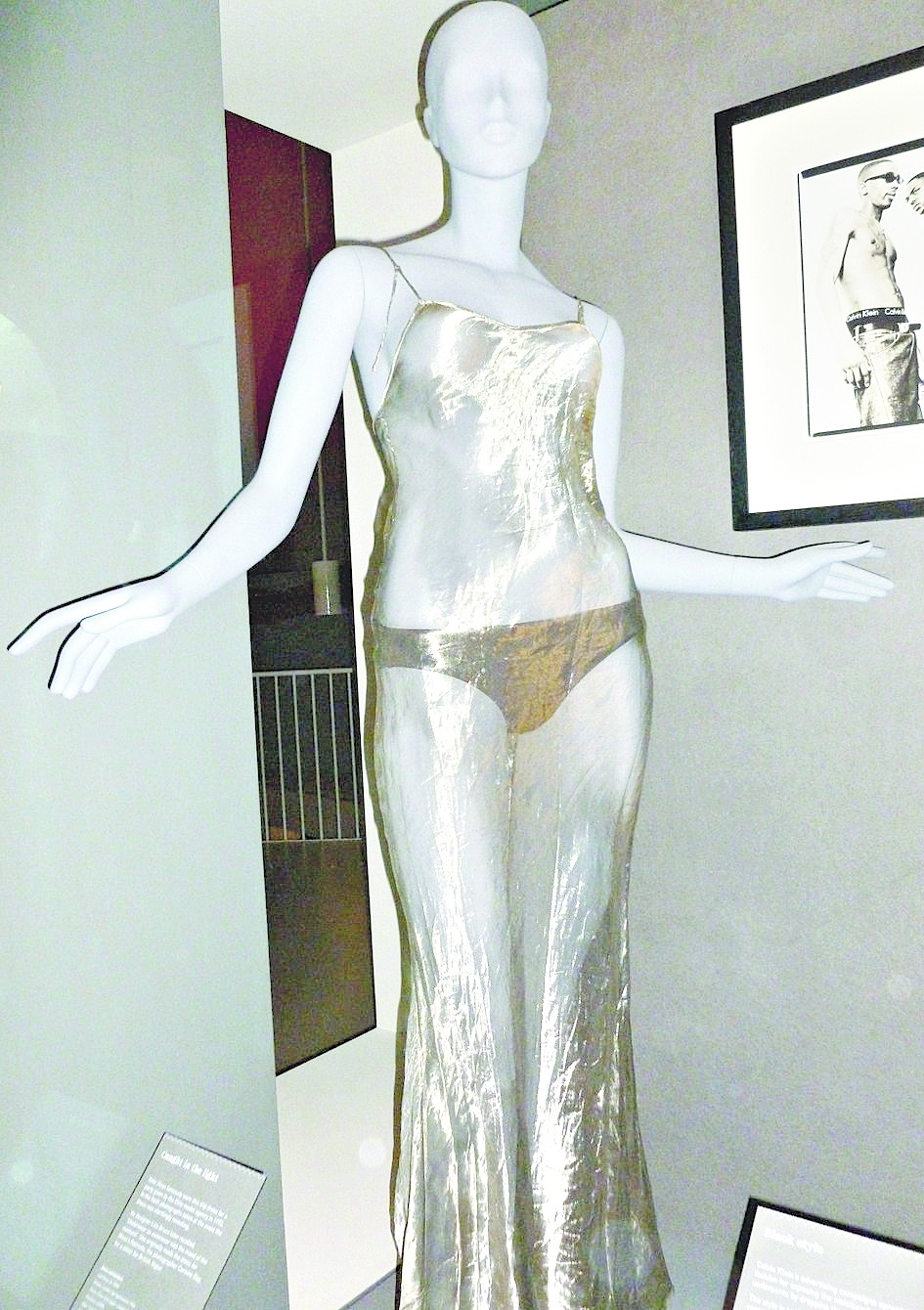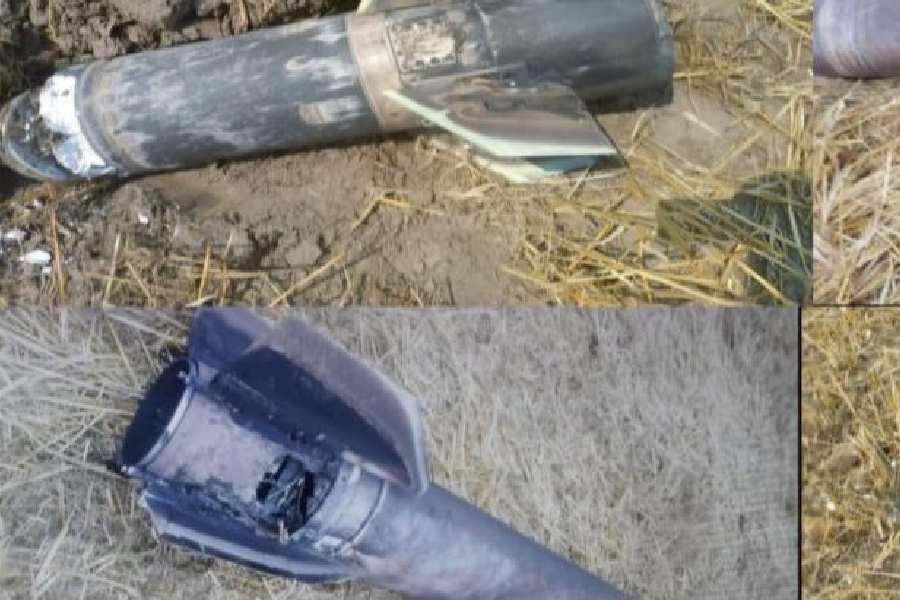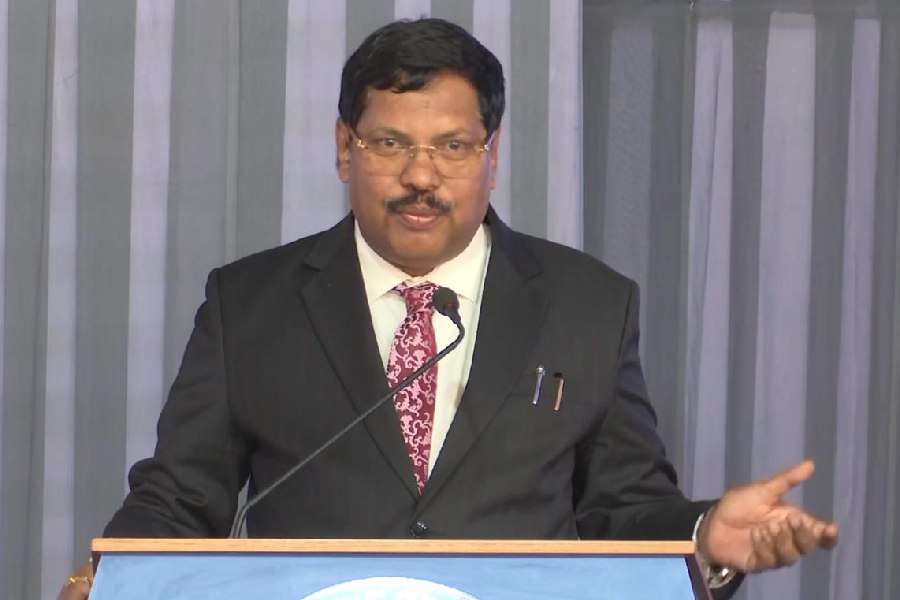
London, April 15: The Victoria and Albert Museum in London, one of the world's great arts establishments, on Wednesday launched a cutting-edge new exhibition which it has cheekily called Undressed: A Brief History of Underwear.
In this show, "you will see more than 200 examples of underwear, ranging from the home made to the luxury item and covering a period from about 1750 to the present day", announced Edwina Ehrman, curator of the exhibition which opens tomorrow and runs until March 12, 2017.
After her formal presentation yesterday, Ehrman spoke separately to The Telegraph and said there had been always been a link between underwear and the erotic.
"If you look back to the 14th century you get writing about the transparency of a women's chemise," she pointed out. "It depends on the situation - even the plainest underwear could be erotic."
According to the V&A, which has surprised, possibly even shocked some sensitive folk by venturing into the field of underwear, the exhibition charts the history of undergarments "through corsets (there are no fewer than 26 on display), crinolines, boxers and bras to pyjamas and underwear-revealing fashion".
The V&A has drawn from its own extensive collection but for the purposes of "the largest museum exhibition of underwear ever to go on display", it has acquired "more than 60 individual pieces of underwear for its permanent collection.
"Among the new acquisitions are a 2015 butt lifter and waist trainer for women, chosen to show contemporary foundation wear designed to modify and enhance the natural shape of the body".
There is also "an austerity 1917-18 corset made from woven paper twine, an example of ersatz clothing produced in Germany and Austria to compensate for severe textile shortages during the First World War. By contrast a luxurious bra and brief set from Parisian house Cadolle, featuring a 'Porno Chic' open bra, introduces a contemporary take on seduction."
There is a "waist training corset, a slimming tool endorsed by celebrity figures such as Kim Kardashian".
"More overtly erotic pieces include a flocked tulle playsuit by French lingerie designer Fifi Chachnil, a black lace bedroom suit from Agent Provocateur's Soiree Collection, and a 'Shibari' girdle dress made especially for the exhibition by London-based atelier Bordelle which references an artistic form of Japanese erotic bondage," the V&A adds.
There is a luxury negligee by Carine Gilson, "like that worn by actress Berenice Marlohe in the film Skyfall, and a latex corset with matching underwear by House of Harlot.
Additional highlights include a wearable brass bra made by jeweller Helen Newman in 1970, (and) a sheer dress by Liza Bruce famously worn by Kate Moss in 1993".
In the west, "underwear has been transformed into outerwear" (though some would say this has been going on for ever in Calcutta where men wear genji for the early morning outing to the bazaar to pick up fish and vegetables).
Ehrman told The Telegraph that the V&A's own collection had often come from private donations. "We have a number of items associated with weddings and honeymoons. And the actual wearer gives it to us later in life."
Although the exhibition focuses on women, men have not been forgotten.
"The real shift has been in men's shape-wear so these are garments which enhance the musculature and enlarge the genital area," commented Ehrman.
"The breakthrough moment came in around 2000 when Marks and Spencer, our biggest underwear firm in Britain, introduced the body max suit and then David Beckham worked with H&M to create a range for them," she added.
"Globally he is very popular - he has a sexuality which is very masculine."
"That enabled men to be seen to be taking more interest in their bodies," Ehrman went on. "And the great emphasis now for men - just as it is for women - is dressing from the skin out so men think about what they are wearing underneath their clothes. And also because we live in a very visual culture, we think much more about what we look like with our underwear on than we did in the past."
The exhibition has two principal sponsors, one of which is the lingerie firm Agent Provocateur.
"Since its launch in 1994 Agent Provocateur has consistently broken new ground in being at the forefront in designing desirable and empowering lingerie," declared its chairman, Chris Woodhouse. "We have become renowned globally for being provocative whilst still retaining the sense of British humour."
When speaking to The Telegraph, he drew a distinction between Lingerie and underwear. "Lingerie has slightly more luxury connotations associated with it rather than just underwear which sounds a bit more utilitarian."
Agent Provocateur, which is a "global business with 100 locations all over the world", feels Indian women are now ready even for its dangerous creation.
"We have talked to people about going to India but at the moment we haven't found a suitable partner," revealed Woodhouse. "But I don't see any reason why we shouldn't be going to India."
The firm sells "the same range all over the world but clearly preferences vary from one geographic location to the next," acknowledged Woodhouse, "Some cultures tend to be a little bit more conservative than others and buy garments that are a little less challenging."
The exhibition's other co-sponsor is Revlon UK, whose head of cosmetics, Jennifer Anton, said that the V&A is "giving us a glimpse beneath, and drawing us closer to a woman's first and most intimate choice of the day for lingerie. We use it to empower women in the boardroom, tempt us in the bedroom, to flirt at the café. It is a choice and we select what will touch our skin. In life and in lingerie, in love and in lipstick you have a choice - and we encourage you to chose love."









